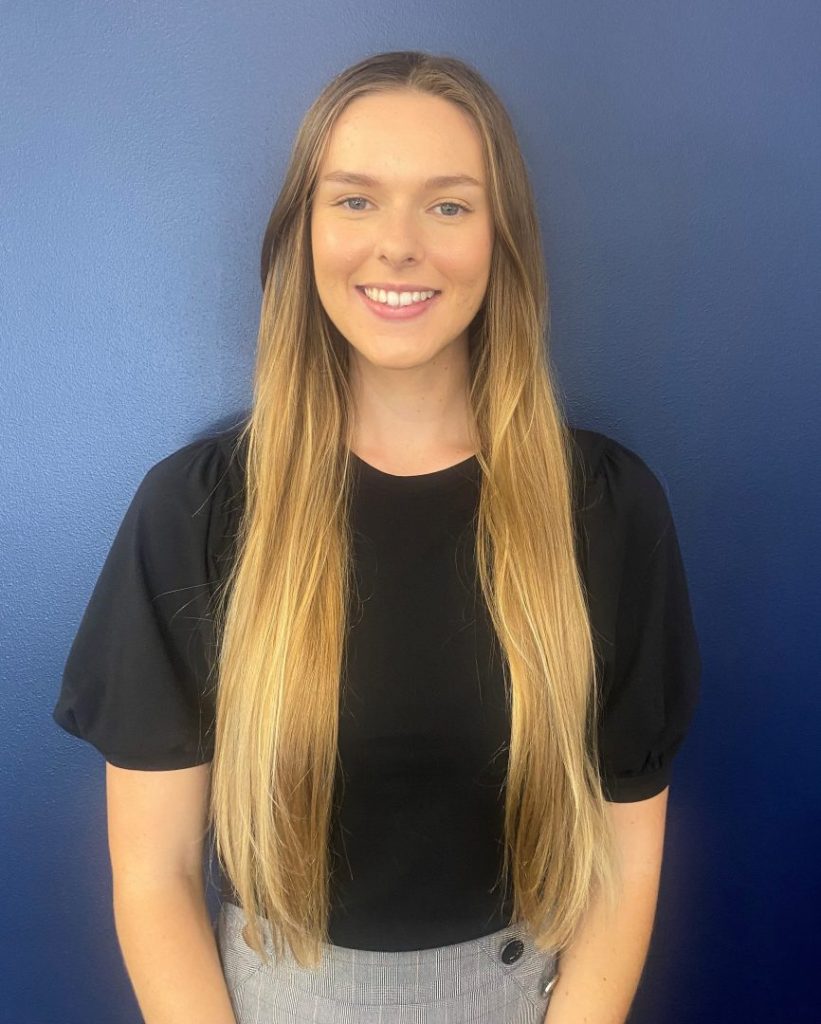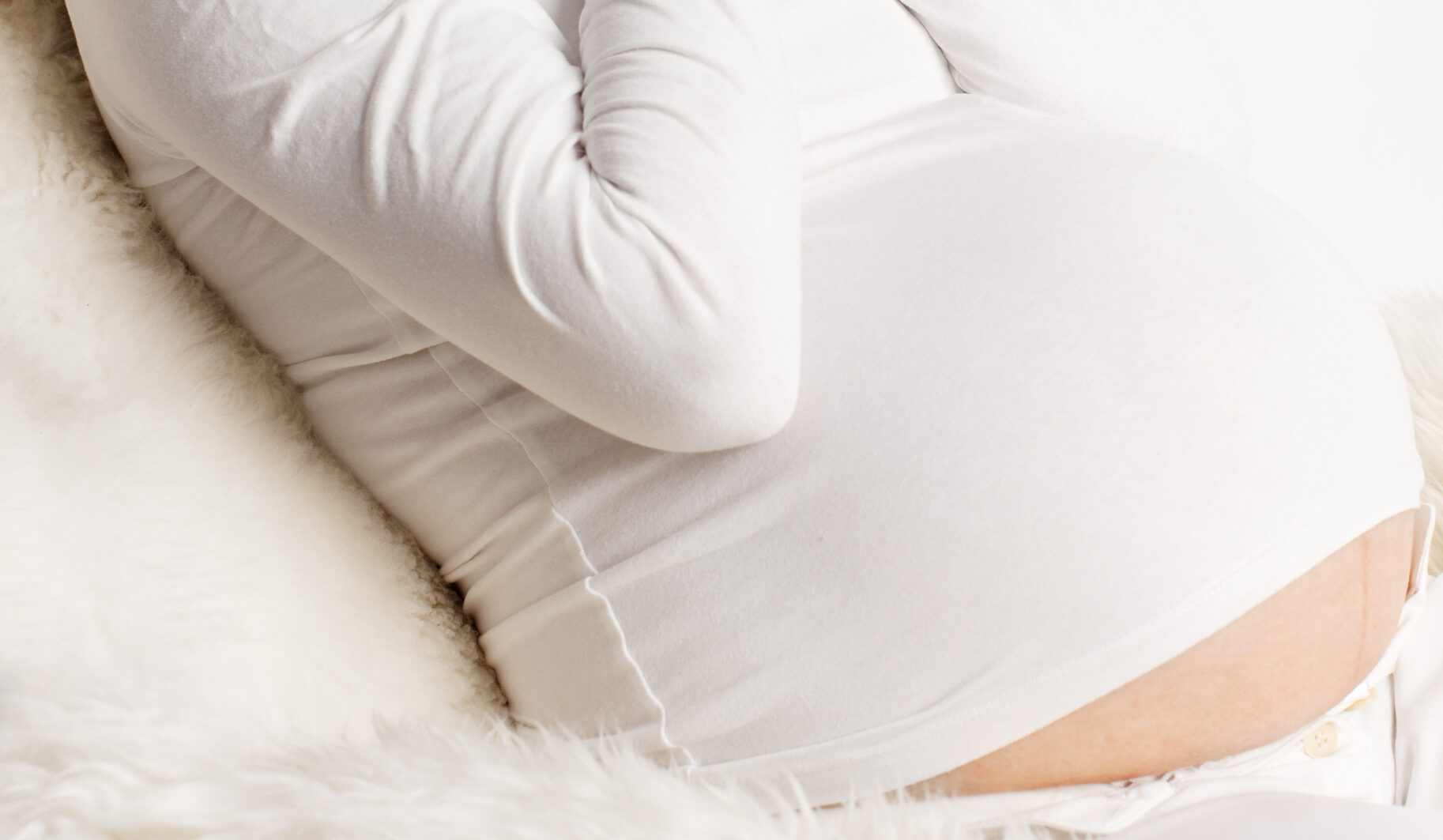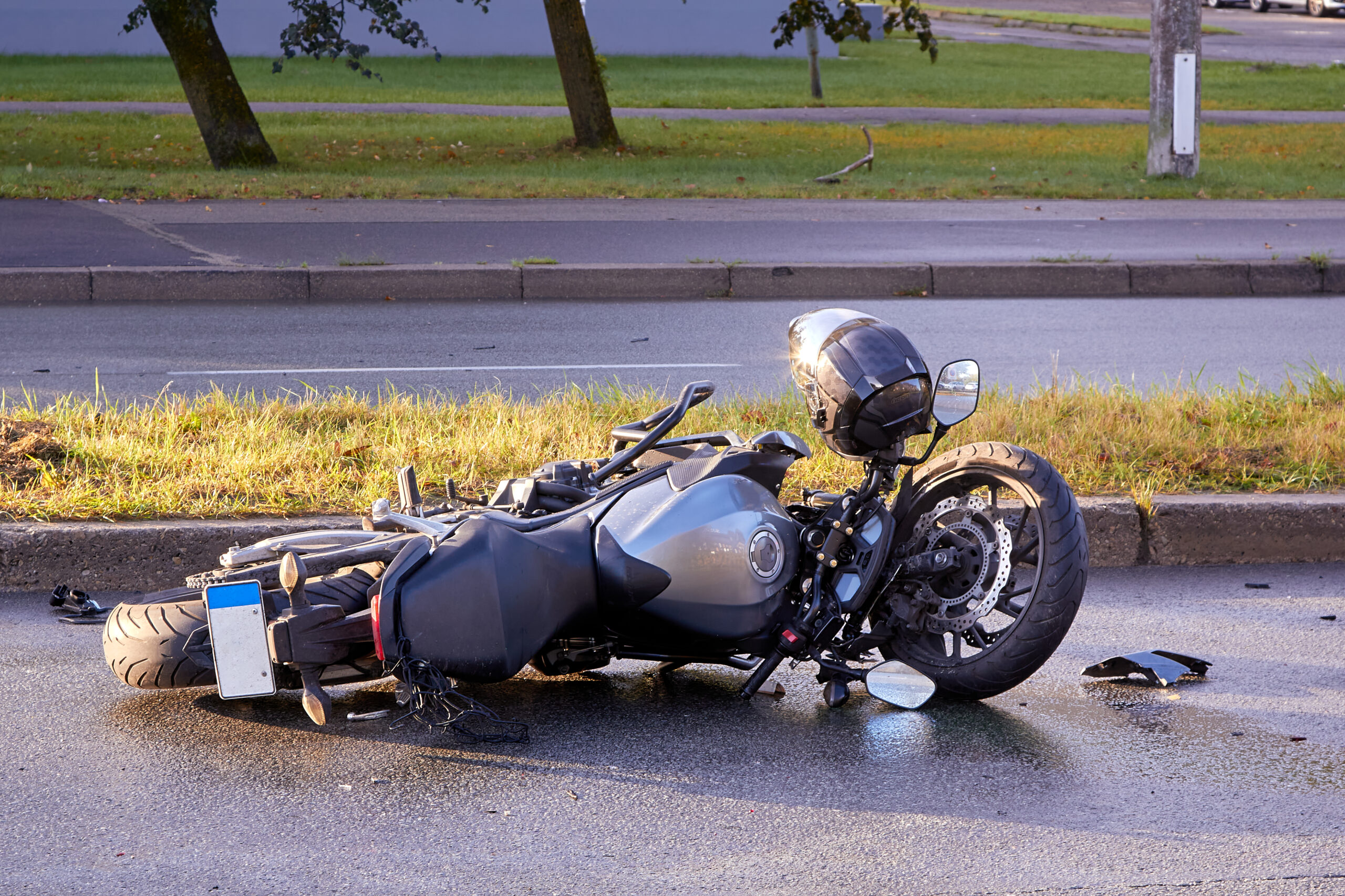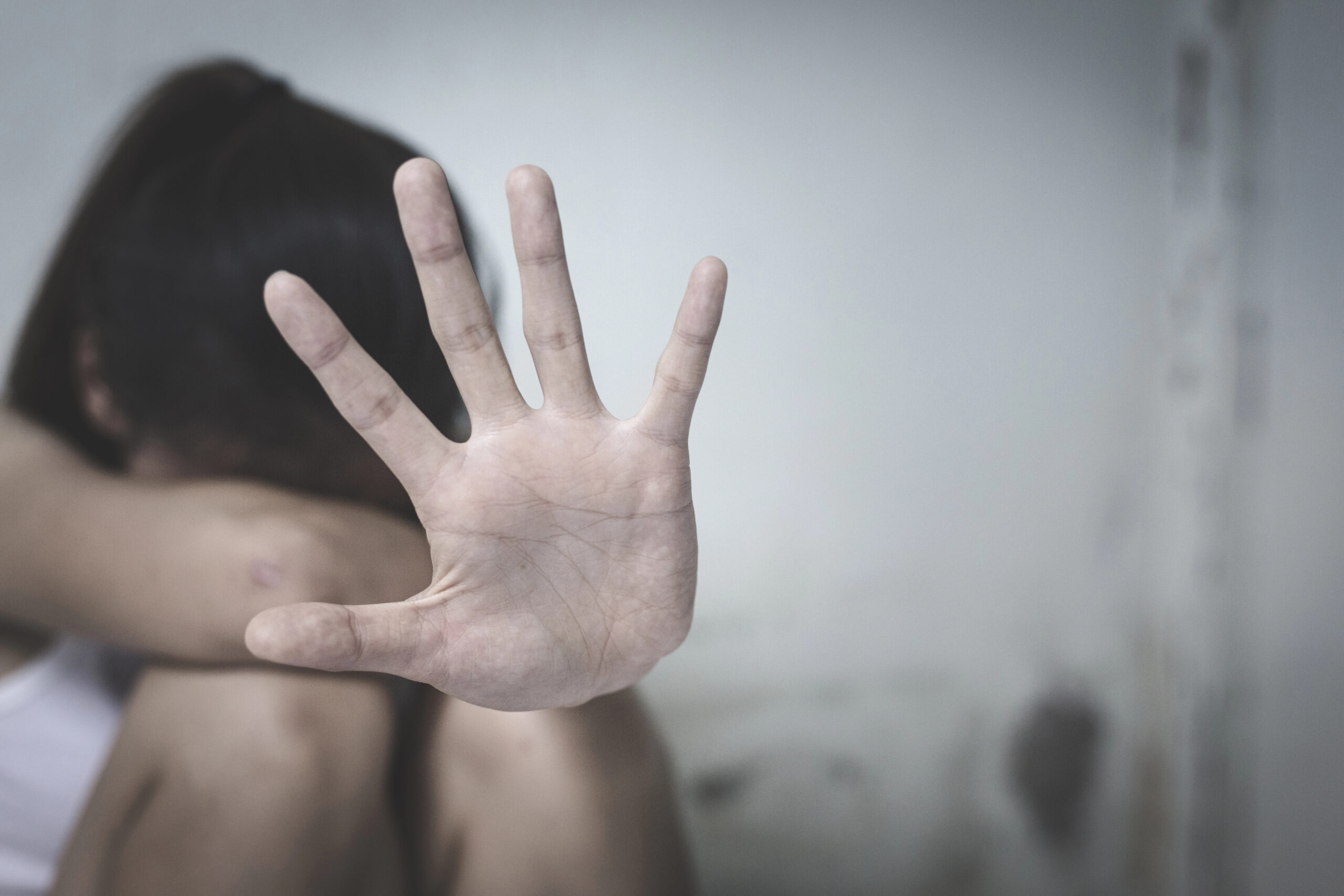Industrial deafness, also known as boilermakers’ deafness, is a is a permanent, but preventable, injury. This condition is primarily, but not always, caused by prolonged exposure to high levels of noise in the workplace (particularly heavy industry), leading to a gradual and irreversible loss of hearing over time. As industry continues to evolve, understanding, recognising, , and preventing industrial deafness has never been more important.
The Process of Industrial Deafness
Industrial deafness occurs when the delicate hair cells in the inner ear are damaged due to excessive noise. These hair cells are responsible for converting sound waves into electrical signals that the brain interprets as sound. Generally, once these cells are damaged, they do not regenerate, leading to permanent hearing loss. This type of hearing impairment can range from a mild decrease in hearing sensitivity to profound deafness, significantly impacting an individual’s quality of life.
High-Risk Industries
Certain industries are notorious for high noise levels, putting workers at a greater risk of developing industrial deafness. Higher risk industries include manufacturing, construction, mining, and transportation , where machinery and equipment generate noise levels well above the safe hearing threshold.
The National Institute for Occupational Safety and Health (NIOSH) established a recommended exposure limit of 85 A-weight decibels (dBA) averaged over an eight-hour workday. Workers who are exposed to noise at or above this level are at risk of suffering significant hearing loss.
Some sounds that are 85 dBA often require you to raise your voice to speak to someone about one metre away. Examples of types of equipment that can produce noise at this level include:
- Printing presses;
- Lawn mowers;
- Vacuums; and
- Power tools
If there is noise at 95 dBA or more, you would likely have to shout to be heard by someone about one metre away. Examples of types of equipment that can produce noise at this level include:
- Chain saws;
- Bulldozers; and
- Ambulance sirens.
Legal Framework and Employer Responsibilities
In Australia, workplace safety regulations require employers to take proactive steps to mitigate the risk of industrial deafness. This includes conducting regular noise assessments, providing personal protective equipment (PPE) such as earplugs or earmuffs, implementing noise control measures, and offering hearing conservation programs to employees.
The law recognises the fundamental right of all workers to a safe working environment and the obligation on employers to ensure that their health is not compromised at work. Employers owe a duty of care to their employees’ including with respect to reasonable precautions to prevent hearing loss. Failing to adhere to safety standards and neglecting the welfare of workers can lead to legal repercussions, including claims for compensation for industrial deafness.
Diagnosis and Compensation
Audiologists are qualified to conduct comprehensive hearing assessments to determine the degree of hearing loss.
However, to obtain a diagnosis on the cause of your industrial deafness in NSW, you must undergo a comprehensive hearing assessment by a SIRA accredited Ear, Nose & Throat (‘ENT’) Specialist. For individuals diagnosed with industrial deafness, compensation claims can provide a pathway to cover medical expenses, hearing aids, and other related costs. These claims also serve as a critical reminder for employers about the importance of adhering to occupational health and safety standards.
Preventive Measures
Preventing industrial deafness requires a joint effort from both employers and employees. Employers must invest in noise reduction strategies, such as maintaining equipment to reduce noise output, implementing sound barriers, and scheduling regular breaks for workers in high-noise areas. Employees should utilise provided hearing protection, attend hearing conservation programs, and undergo regular hearing assessments to monitor any changes in their hearing.
The Way Forward
As technology advances, there are opportunities to innovate in noise reduction and hearing conservation strategies. From developing quieter machinery to employing advanced hearing protection devices that allow communication while blocking harmful noise levels, the future holds promise for safer workplace environments.
Industrial deafness is a preventable workplace hazard that requires awareness, proactive prevention strategies, and adherence to legal obligations to protect workers’ hearing. By fostering a culture of safety and responsibility, we can mitigate or even negate the risk of industrial deafness and ensure that the workplace is a safe environment for all.
If you, or someone you know, has work-related hearing loss, we would be pleased to meet with you to discuss your options at no cost to you. The Independent Review Office (IRO) funds legal advice and services for injured workers in NSW.
Please contact our friendly team on (02) 4050 0330 to make an appointment with one of our personal injury solicitors.










